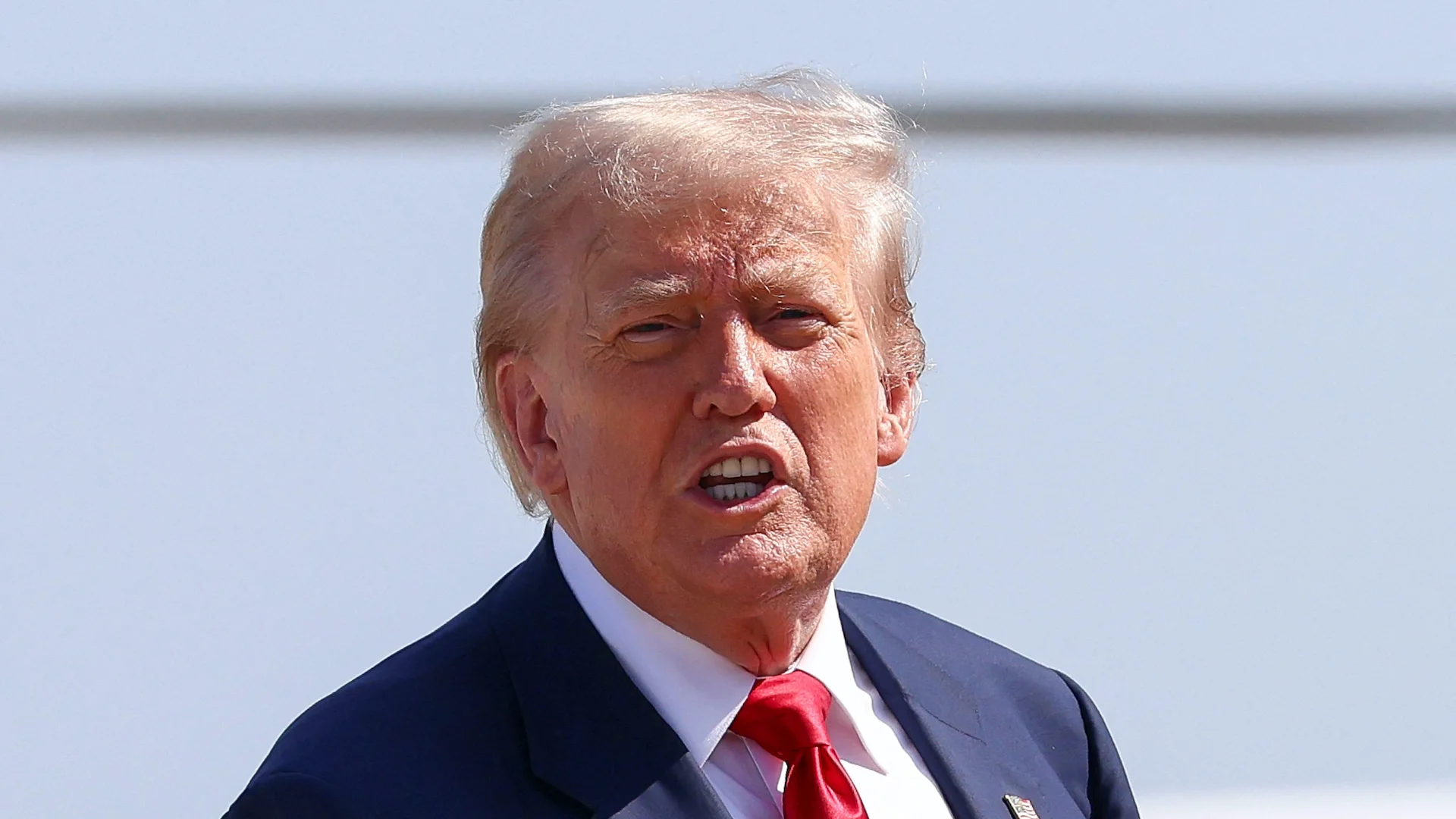#us-dollar
#us-dollar
[ follow ]
#federal-reserve #treasury-yields #tariffs #inflation #monetary-policy #economy #interest-rates #economic-data
US politics
fromLondon Business News | Londonlovesbusiness.com
3 days agoDollar steady ahead of CPI after soft PPI points to easing inflation - London Business News | Londonlovesbusiness.com
US dollar stayed near recent lows as investors awaited consumer price data that could influence Federal Reserve policy.
US politics
fromLondon Business News | Londonlovesbusiness.com
4 days agoDollar steady as markets await inflation test - London Business News | Londonlovesbusiness.com
US dollar traded in a narrow range as investors await inflation data that could shape Fed policy, with Labour revisions reinforcing dovish expectations.
fromLondon Business News | Londonlovesbusiness.com
6 days agoDollar at risk as weak jobs reinforce easing bets - London Business News | Londonlovesbusiness.com
The US dollar traded within a narrow range on Monday, hovering near multi-month lows, and stabilizing after a decline as last week's weak payrolls data intensified expectations of policy easing. The greenback posted losses on Friday when nonfarm payrolls showed that only 22,000 jobs were created in August, and the unemployment rate climbed to 4.3%. The figures cemented the view that the labour market is losing steam, leaving the dollar vulnerable ahead of this week's upcoming data.
US news
fromLondon Business News | Londonlovesbusiness.com
1 week agoDollar consolidates as investors brace for ISM services and labour data - London Business News | Londonlovesbusiness.com
The US dollar steadied on Thursday, as traders weighed signals of a softer labour market and awaited further releases. Job openings fell to a low in July, undershooting expectations, while factory orders dropped for a second consecutive month. These indicators reinforced the view that the economy is cooling, even as attention now shifts to today's ISM Services index, expected at 51, and to Friday's payrolls.
Business
fromLondon Business News | Londonlovesbusiness.com
1 week agoDollar resilient as investors await ISM and labour data - London Business News | Londonlovesbusiness.com
The US dollar was resilient on Tuesday, with traders cautious ahead of a heavy macroeconomic calendar. The currency's resilience came as US markets reopen after the holiday, leaving attention on the ISM Manufacturing index due later today. Consensus points to a modest improvement to 49, which would nonetheless mark a sixth straight month below the 50 expansion threshold. Any upside surprise could reinforce the dollar by signalling economic resilience, while weaker data may add to pressure from mounting rate-cut expectations.
US politics
fromBusiness Matters
2 weeks agoDollar slips as Trump moves to sack Fed governor Lisa Cook in unprecedented clash over central bank independence
In a move without precedent in modern US history, Trump said on Tuesday evening that Cook was "effective immediately" removed from her position on the Fed's seven-strong governing board over allegations of mortgage fraud. Cook has denied wrongdoing and said she would not resign, setting the stage for a legal battle over whether the president has the authority to fire a Fed governor. The dispute comes as Trump intensifies pressure on the central bank to deliver steep interest rate cuts to support the economy and the jobs market.
US politics
fromLondon Business News | Londonlovesbusiness.com
2 weeks agoDollar steadies, Fed independence concerns persist - London Business News | Londonlovesbusiness.com
President Donald Trump's attempt to dismiss Fed Governor Lisa Cook over fraud allegations has intensified concerns about the central bank's independence. Markets view the episode as part of a broader effort by Trump to increase influence over monetary policy, which could undermine confidence in the dollar. Cook's removal could pave the way for more dovish appointments, accelerating the prospect of rate cuts.
US politics
fromLondon Business News | Londonlovesbusiness.com
1 month agoDollar stabilises as Japan trade deal tempers market concerns - London Business News | Londonlovesbusiness.com
The US dollar steadied after three days of losses, as markets assessed the newly announced trade agreement with Japan, which involves a 15% tariff on exports.
US politics
US politics
fromFortune
2 months agoThis overlooked risk to financial markets usually lurks quietly under the surface. But now it's 'shouting, not whispering'
The net international investment position (NIIP) reveals underlying financial risks as the U.S. holds significantly more foreign assets than foreigners hold in the U.S.
fromLondon Business News | Londonlovesbusiness.com
3 months agoUS dollar steadied but remains near multi-week lows - London Business News | Londonlovesbusiness.com
The US Dollar edged higher on Tuesday, stabilizing after a decline at the start of the week, though it remained near multi-week lows.
US news
[ Load more ]
















:max_bytes(150000):strip_icc()/TAL-booking-trip-PLAN4USDWEAKNG0525-a54d9f8346a040238fba10eb877a1377.jpg)







